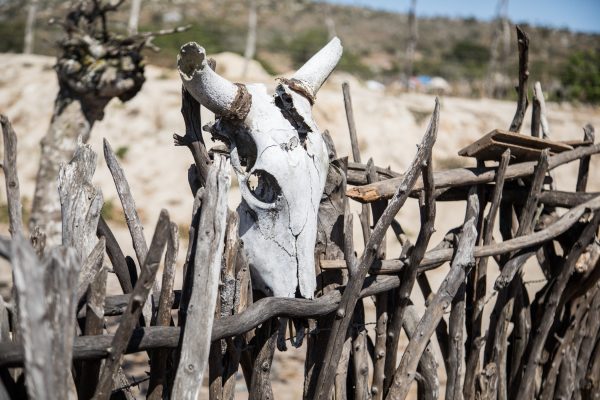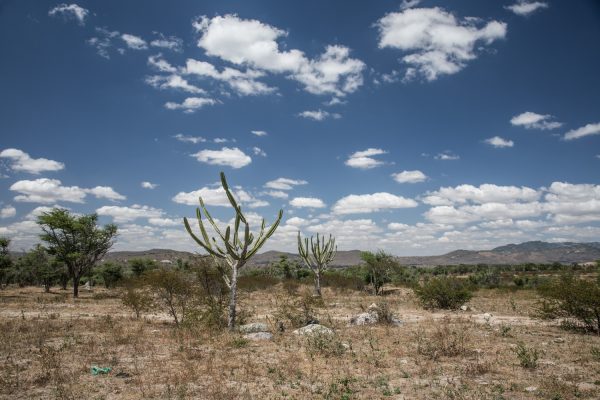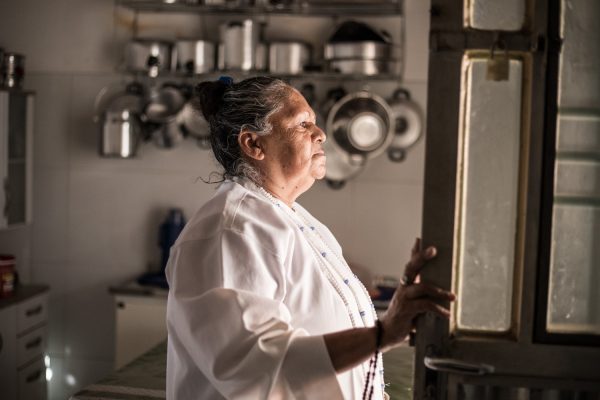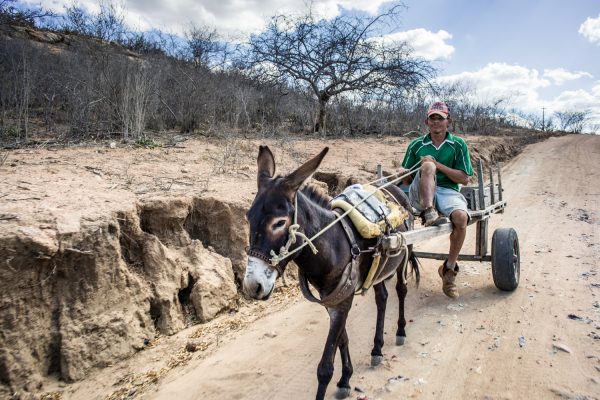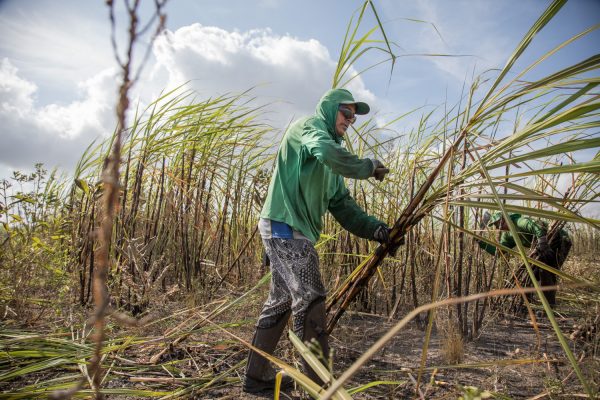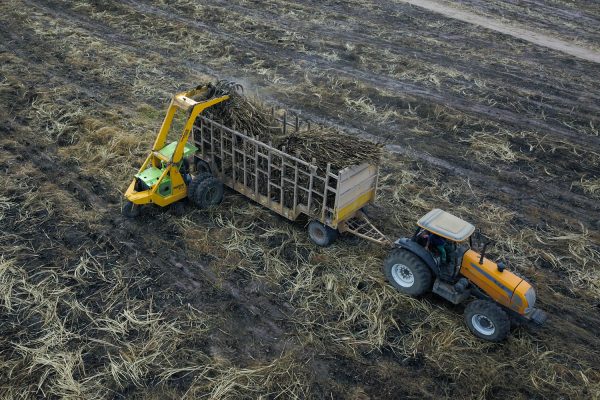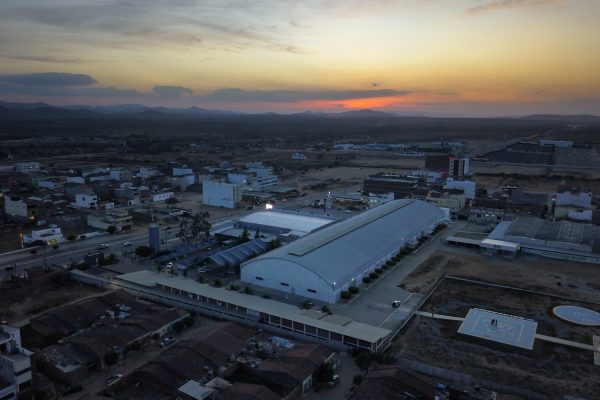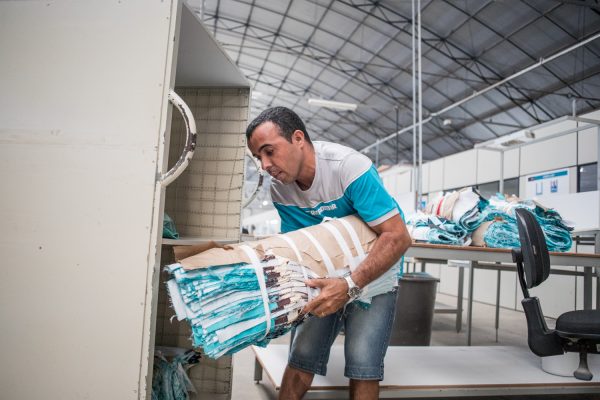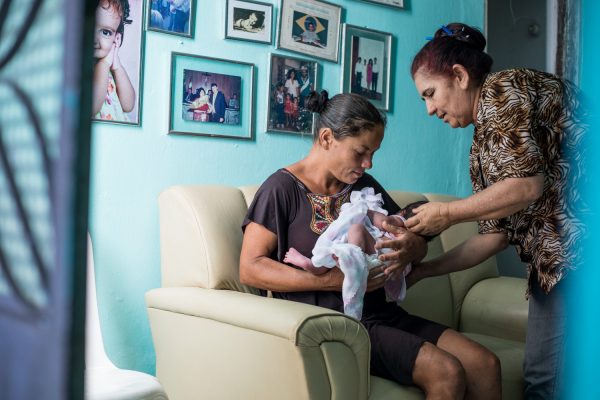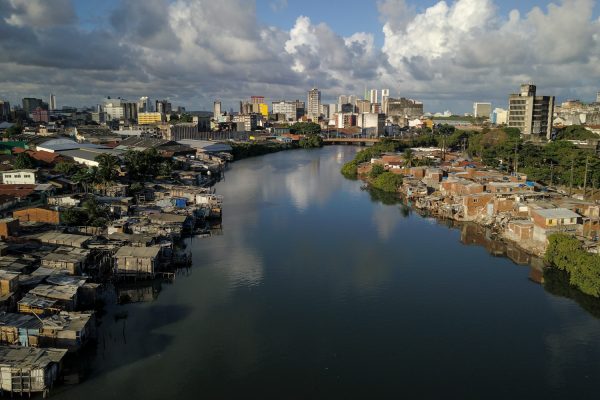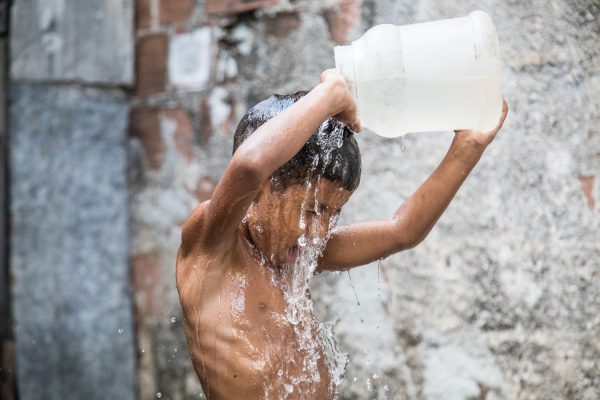The reporter and I traveled to Northeast Brazil for a reportage for UOL. The idea was to follow the steps of a classic book of Brazilian literature, “Morte e Vida Severina”, written by João Cabral de Melo Neto and published in 1955.
A book tells a story of a man called Severino, who left Norheast drylands in the 1950s in search od water, work and life. We remade his path that started in Serra da Costela, following to semi-arid area between Pernambuco and Paraíba state, arriving finally to the Atlantic cost. A place called Serra da Costela does not exist in reality. It is a reference to the lands near town of Poção in the state of Pernambuco, where the river Capibaribe is born. Severino from the book keeps following the river, until it hits the ocean in Recife.
We did the same trip to report on how immigration and search for work happens nowadays. Beside this photo essay, four thematic videos were produced – one to introduce the topic and character of what would be Severino, second to talk about birth and life, third to treat violence and death, and fourth to present the course of the river. We focused on portraying people with similarities to the charathers in the book, like a prayer, a birth nurse, sugar cane workers, … People from the region are still fighting draughts and move towards the coast in search for work. But nowadays they might find it closer to home, in industrialized areas of Pernambuco, that is strong in textile industry. At the end, we visited slum inhabitants on the banks of the river in the capital Recife, that are fighting poverty. All of them are Severinos from the book.
You can watch them in a separate video!
